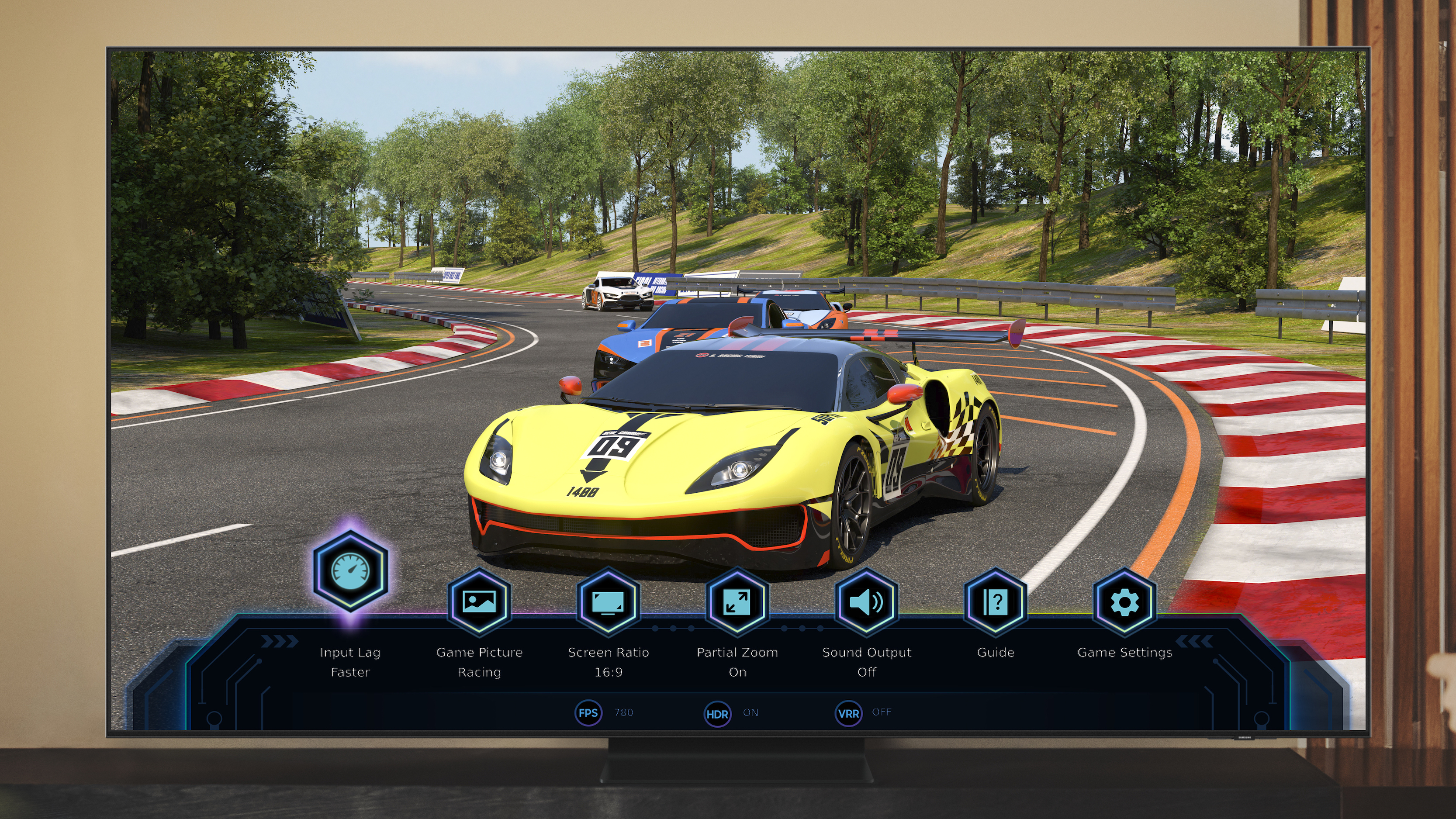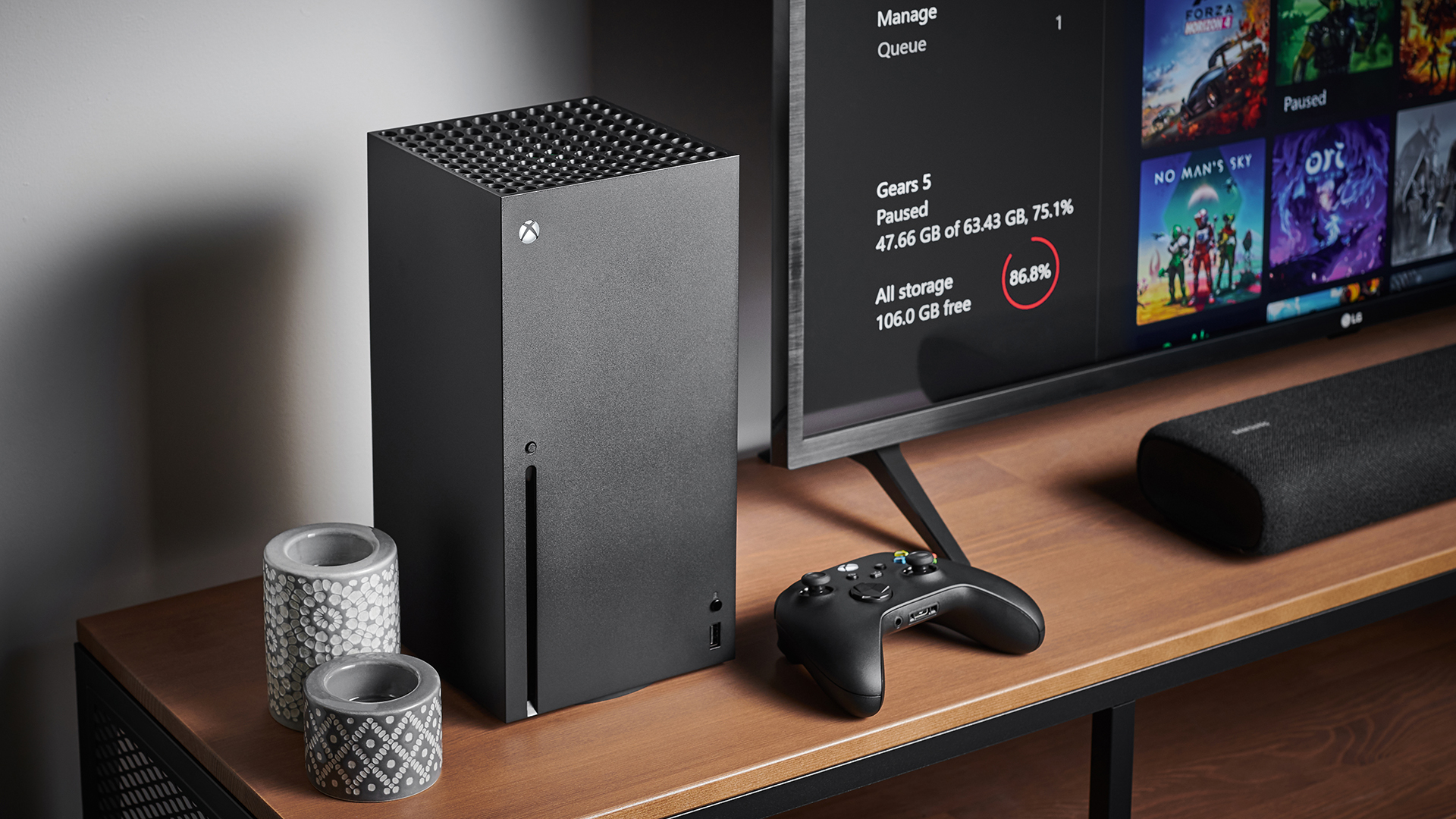Are 144Hz 4K TVs a big deal? We explain why you might go beyond 120Hz
As TV manufacturers start to get on board, should you be investing beyond 120Hz?

Even before the best 120Hz 4K TVs have become the norm in people's homes, we're on to the next thing in refresh rates for gamers: 144Hz TVs have arrived.
Given that gaming monitors have gone beyond 120Hz for some time, it was only a matter of time before TV manufacturers pushed refresh rates even further amidst our relentless yearly upgrade cycles.
The trend is only just beginning, with TCL’s mini LED TVs now supporting up to 144Hz and high-end Samsung TVs – including the Neo QLED Samsung QN95B and QD-OLED Samsung S95B – boasting the same functionality, but expect more to quickly follow suit.
The question is though, do you really need to splash out on a TV that supports 144Hz? The truth is, for most people: probably not. But there will be a small number of high-powered gaming PC owners who feel like their big-screen gaming dreams are coming true.
144Hz refresh rates explained
Let’s do a quick, um, refresh on what refresh rates actually mean. The refresh rate on a monitor is a measure of how many times in a second that the image is updated. It’s measured in hertz (Hz). So a 60Hz monitor can be refreshed up to 60 times per second and therefore a 144Hz monitor can be refreshed 144 times. The higher the refresh rate, the smoother the action will be on screen, simply put.
Except this all depends on what’s actually plugged into the screen. If a PC, console or streaming stick is only sending images to your TV at 60 frames per second, you’ll only ever see the smoothness of 60Hz refresh rate reflected on screen because it’s what the output device is capable of.
This is why a refresh rate of 144Hz is significantly more common in the best gaming monitors. If you have a powerful enough graphics card to produce imagery fast enough, games can look buttery smooth up to 144Hz with ease in high resolutions. With the right PC then, a 144Hz 4K TV will make games look incredible.
Get daily insight, inspiration and deals in your inbox
Sign up for breaking news, reviews, opinion, top tech deals, and more.
More generally, PC gaming support is becoming more commonplace as TV manufacturers build in support for AMD’s FreeSync Premium VRR tech most commonly, though also get Nvidia G-Sync support from high-end LG TVs, including the LG C2 and LG G2. Depending on your brand of GPU, these features will keep your images looking smooth even if the framerate wobbles up and down – we have a full VRR explainer here.

144Hz for consoles and movies
But what if you don’t have a gaming PC and have a new gen console instead? Well there’s a reason that the best gaming TVs for PS5 and Xbox Series X don’t need 144Hz, and that’s simply because both consoles top out at 120 frames per second.
HDMI 2.1 capability means you can play in 4K on a 120Hz monitor, but that’s the best you can get… and even that's still not available as standard on every TV. Most games actually still sit comfortably at 60fps, but 120fps titles are gradually becoming more commonplace as the consoles stretch their GPU legs. Something like Forza Horizon 5 on Xbox Series X in 4K on a 120Hz TV running at 120fps looks exquisitely smooth but it wouldn’t look any better on a 144Hz TV, because the limit is the console, not the TV.
If you’re an avid movie watcher you’ll need a 144Hz TV even less. Most movies – even ultra high definition Blu-rays – output at 24 frames per second, while TV shows tend to be 30 frames per second. There is an advantage to getting a 120Hz TV for movies over a 60Hz TV, because 24fps films can look more natural: 120 divides into 24, which means each frame of a movie can be shown at even intervals on a 120Hz TV, so the overall effect is the same as at a movie theater.
But on a 60Hz TV, you have a problem: 60 doesn't divide by 24, so the movie's frames aren't shown at even intervals, which causes 'judder' with the use of extra smart motion processing.
Things are getting interesting as filmmakers experiment with HFR or Higher Frame Rate but the result can be somewhat disarming as the smoother experiences flattens the image. It’s the reason that if you saw Peter Jackson’s The Hobbit in HFR, it looked a lot like a soap opera. Jackson shot the movie in 48 frames per second for added realism but instead of bringing us closer to the action, it only served to distance us as we gawped at the detail we don’t normally see. A more recent foray into HFR is the Will Smith movie Gemini Man which was filmed at 120fps in 4K. You can only watch the 4K Blu-ray at 60fps but the effect is still startlingly detailed.
Either way, though, 144Hz doesn't help – 120Hz already solves the 24fps problem, and is the maximum any movie has been filmed at.
So do most people need a TV with a 144Hz refresh rate? Not currently, no. And given that 120Hz at 4K is only now becoming a standard option for the new generation of consoles it will be a while until the majority of gamers need to bother with anything higher.
It seems that PC gamers can just enjoy the glory for now, if they really want the smoothest possible gaming with the lowest latency. The rest of us will see almost no advantage over 120Hz TVs to make the most of our 120fps games PS5 and Xbox games.
Louise Blain is a writer and presenter specialising in tech, games, and horror entertainment. Thanks to the latter, she needs to avoid nightmares and regularly reviews the latest sleep tech for BBC Scotland, TechRadar and T3. Her specialist subjects include mattresses, weighted blankets, and sleep aids.
